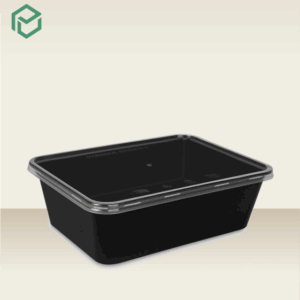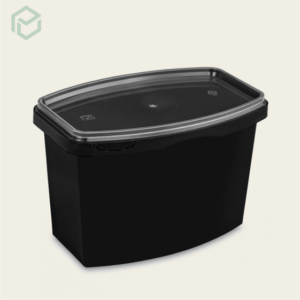Plastic Rectangle Containers
Our Premium Plastic Rectangle Containers provide exceptional functionality with an appealing design. These containers also have secure snap-lock lids to prevent leaking and keep items fresh longer. Ideal sizes for meal prep, leftovers, or to organize small items, the containers stack perfectly to utilize the storage space to its fullest.
Detailed description of the Product
- Superior Food Storage: Specialized sealing lock preserves freshness while preventing odors and flavors from transferring between stored items.
- Modular Food Storage System: Uniform rectangular shape allows for better space utilization in refrigerators, pantries, and cabinets.
- Temperature Resistant Storage: Plastic rectangle containers maintain structural integrity while stored in the freezer or used for hot food applications.
- Reusable Design: It minimizes the single-use plastic waste while being cost-effective.
- Ideal For Various Products: Plastic rectangle containers can be used for various products, whether food items, household, or cosmetic products.




















